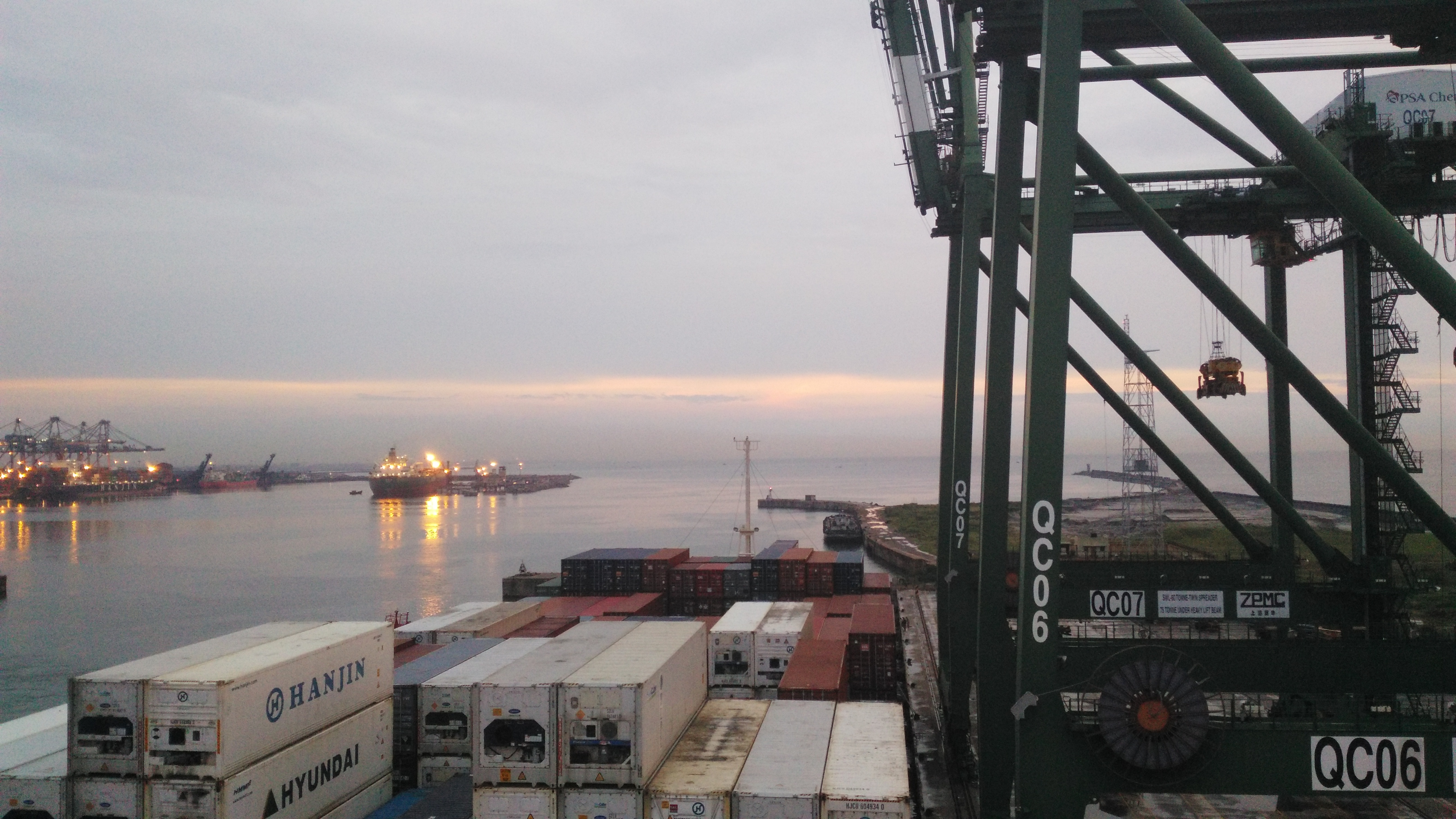LP 21/2019 如何解释船舶在特定水域的停留

CPI 资讯 No. 392
摘要
期租合同下,租船人负责船舶的营运,船东与租船人通常会在期租合同中定明船舶的营运范围。如果船舶在热带水域或其他特定水域港口停留时间过长,则很容易导致船底微生物等物质的滋长,甚至于造成船舶污底。对此,船东与租船人通常在租约中会额外约定船舶在特定水域停留过长时间后的污底检查和清除问题,以及如何解决污底对航速和油耗的影响。协会在近期处理的几起案件中发现,不同租约中的这一附加条款对于船舶“停留”的措辞不同,常常使船东与租船人产生不同理解进而造成争议。以下通过示例一和示例二的措辞提醒会员避免可能产生误解的表述,对比示例三条款措辞以期更好明确相关权利义务。
示例一
“The vessel to maintain speeds and consumptions described in this Charter Party during whole Charter period, except if the vessel was anchored or berthed at or off the port for more than 25 days in which case Charterers have no right to claim against the Owners for the speed deficiency and/or increased bunker consumption, until vessel’s routine dry docking at Owners time and expense or underwater cleaning performed at Charterers time and expense after which original description again to apply.”
有关条款案件中,船东碰到的现实问题是港口比较繁忙拥堵,船舶无法靠泊,港内锚地又比较小,船舶只能在港外特定区域停留等待。而港外特定区域不允许抛锚,船舶处于漂航状态。这时船东如果想要根据上述条款保护自己的权利,即安排清除船舶污底并且在船舶污底清除前解除自身对航速油耗保证的责任,可能会产生一些障碍甚至根本无法主张。因为租约的该条款将船舶的状态严格限制为,在港内或港外附近水域处于锚泊或靠泊状态。即船舶必须是保持锚泊或靠泊状态超过25天,船东才能解除航速油耗保证责任。
同时该条款还存在一些其他问题。如“at or off the port”(在港内或港外附近水域)对船舶的地理范围规定不明确看似对船东有利,但是“港外附近水域”在实践中,船舶有可能离港距离过远致使是否落入该条款有争议。港内区域比较容易明确,对于“off the port”可能就难以具体确定范围。这方面的争议不仅存在于船舶污底问题上,更多地是出现在计算装卸时间或者滞期费方面何为船舶抵达以及在哪里递交NOR这一问题上。关于程租合同下船舶到达这一问题,“off the port”具体指代的范围一般是习惯锚泊区域(customary anchorage area),但确切范围要视具体情况而定。Voyage Charters 中对此有讨论:“The phrase “off the port” may seem vague, but in this context is likely to be interpreted as meaning that the vessel must be at the customary anchorage area, where vessels usually wait for a loading or discharging berth at the port when no berth is immediately available, and it is irrelevant that the usual waiting place is a considerable distance from the port.”(See for §33.3 of Voyage Charters)因此具体“off the port”的范围根据不同港口习惯锚泊的区域不同而不同,距离上的远近不能决定是否在“off the port”范围内。当然,在期租合同下“off the port”是否还能做同样的解释还是有待商榷的,这也反映了这个措辞的不确定之处。
示例二
“If the vessel’s performance is adversely affected as a result of bottom fouling by reason of the vessel being at anchor or in port for more than twenty five (25) days then owners shall not be responsible for any under-performance of the vessel and charterers shall not claim against owners in this respect. Owners are to provide charterers with evidence that the sole contributory cause of such under performance is detention as described hereinbefore and nothing else, by the inspection of the vessel’s underwater hull area and cleaning if necessary at first available opportunity with time and expense shared equally between charterers and owners.”
该条款有关案件中对于船舶状态的约定相对于上一案件较为宽泛,但仍会带来很多争议。实践中很多观点认为该条款仅规定船舶状态必须为“锚泊”或“在港”的其中一种,并且时间长度达到25天,船东才能根据此条主张权利,因此对船东是不利的。另外值得注意的是本条款措辞中的“不利影响”以及“船东必须举证证明造成船舶航速油耗的唯一原因”措辞也是模糊或者不利的。同时该条规定船舶航速油耗必须要因污底受到“不利影响”船东才能获得该条规定的救济。这样措辞过于模糊宽泛,“不利影响”无明确标准,仅根据该条款很难界定,容易据此产生争议。同时该条款对船东施加了较重的举证义务,要求船东必须举证证明造成船舶不能达到约定的航速和或油耗的唯一原因是船舶按照条款描述停留或延迟达到或超过合同约定的期间,这对船东来说显然也是不利的。如上所述,该条款的存在是为了帮助船东在特定情形下解除对航速油耗保证的责任,并将相关费用与责任转移到租船人身上,因此建议船东在订立此类条款时注意措辞,避免给自身增加额外义务和不利影响。
示例三
船东基于BIMCO标准条款并入如下:
“(a) If, in accordance with Charterers’ orders, the Vessel remains at or shifts within one or more places, anchorages and/or berths for an aggregated period exceeding: (i) a period as the parties may agree in writing in a Tropical Zone or Seasonal Tropical Zone (or water temperature not less than 20 degree): 25 days (ii) a period as the parties may agree in writing outside such Zones (or water temperature below 20 degree): 30 days. ……
(b) Notwithstanding the above to contrary, if master or owners bona fide considers hull fouling within reasonable contemplation, either party may call for inspection which to be arranged jointly by Owners and Charterers and undertaken (if charterers absent, owners shall have right to arrange solely or independently) at Charterers’ risk, cost, expense and time……
(c) If, in accordance with sub-clause (a) or (b), as a result of the inspection either party calls for cleaning of any of the underwater parts, such cleaning shall be undertaken by the Charterers at their risk, cost, expense and time in consultation with the Owners. ……”
相较于示例一与示例二中的条款,该条款中船舶的停留状态约定较为宽松,“停留或移泊”这类措辞能涵盖更多船舶的状态。同时对地点也没有严格限制,使得船舶更易于落入该条款的规定范围,有利于船东权利的保护。对于停留区域与时间长度做了明确的区分规定,船东可以通过此种约定方式在条款谈判中获得更有利地位。条款也没有对举证责任做出额外规定,给与船东与租船人在该条款针对的问题上较大便利,减少争议空间。该条款也对船舶水下检验、清除污底等做了明确约定,这也有利于明确有关的船东与租船人之间权利义务,减少争议产生的可能性。
总结
此类问题争议金额一般不会太大,因此直接相关的指引性判例并不是很多。但在实务中,由于上述约定的不同措辞可能会在具体的案件中带来不同的理解进而产生的争议不在少数,协会也经常遇到会员的相关咨询,特别是对何为“停留”以及“停留”的范围如何界定的问题,需要承租双方在合同中有更加明确的约定。因此,我们希望借此提醒会员船东重视此类条款的草拟与完善,以期避免争议的产生。
如需参考BIMCO标准条款,请点击链接https://www.bimco.org/contracts-and-clauses/bimco-clauses/hull_fouling_clause_for_time_charter_parties
以上是协会抗辩险(FD&D)针对协会会员的防损建议,仅供参考。如有进一步问题,请与协会抗辩险相关人员联系。
